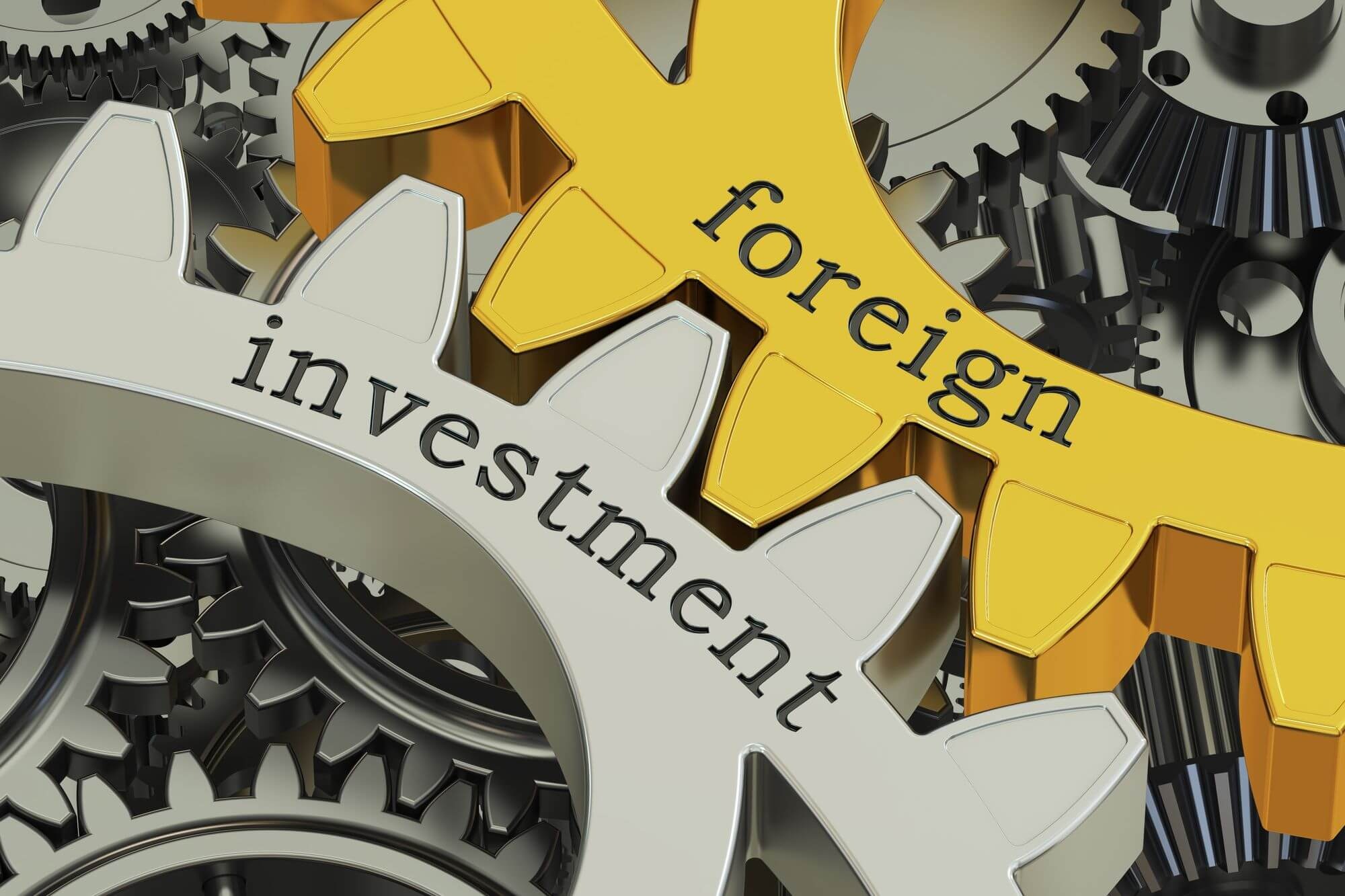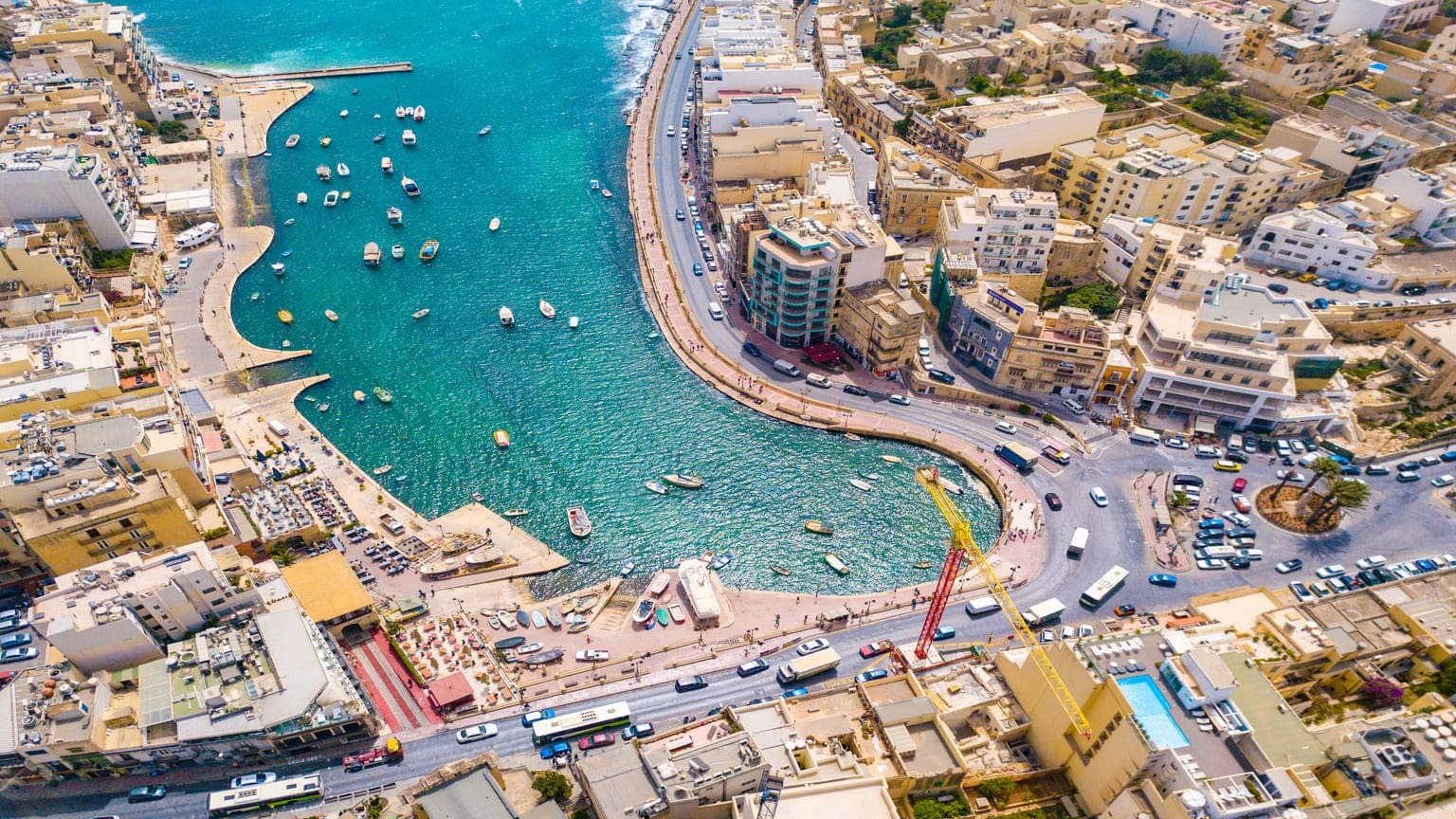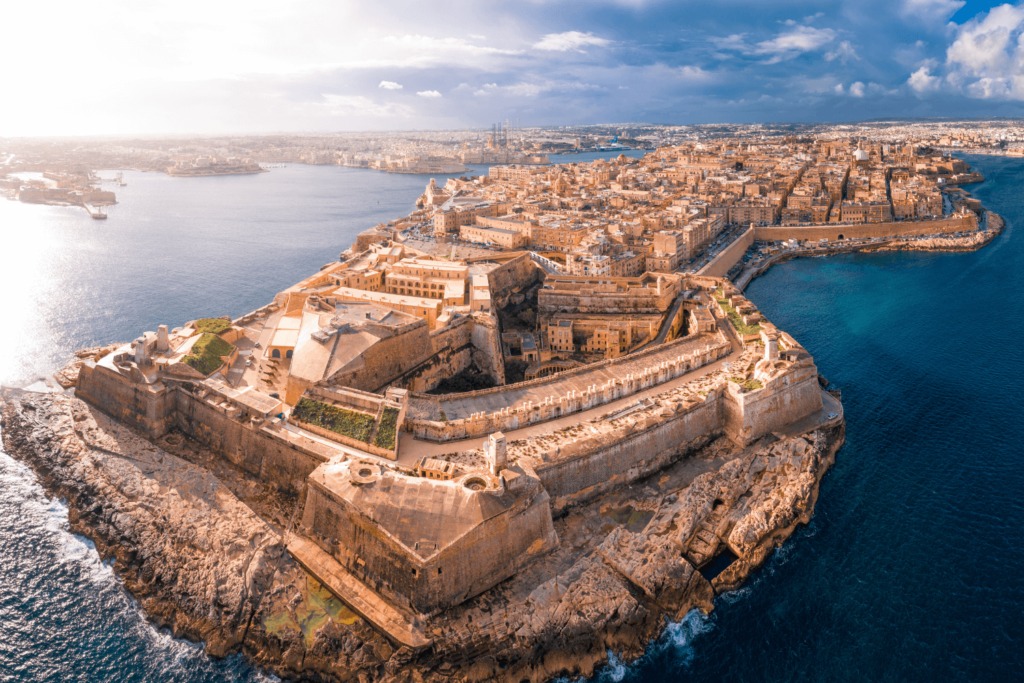
Investing in property in Malta is not just about sunshine and scenic coastlines. It’s about smart strategy, stable growth, and understanding where to place your trust.
Malta offers strong returns, consistent demand, and residency incentives that draw investors globally.
If you’re a foreign buyer looking at Malta for real estate, you need clear facts, smart advice, and local insights that actually matter.
Key Highlights
- Malta allows foreigners to invest under specific conditions that vary by location.
- Buyers must understand the distinction between Special Designated Areas and non-SDA zones.
- Tax laws are favorable, but there are still important rules to follow.
- Residency options linked to property investment offer long-term benefits.
- Coastal towns offer strong rental yield potential for short-term lets.
- Trusted agencies offer local expertise that simplifies the entire process.
Foreign Investment Rules – What You Must Know First

Foreign nationals can buy property in Malta, but the rules depend on nationality and property location. Citizens from EU member states who have resided in Malta continuously for at least five years can buy without restriction.
Others must secure an Acquisition of Immovable Property (AIP) permit, unless the property falls in a Special Designated Area (SDA).
SDA zones are government-approved developments where foreigners can buy without needing permits. These areas are high-end, usually close to business centers, marinas, or luxury coastal districts. They’re built with international buyers in mind and carry higher price tags but also offer better liquidity and resale value.
Non-EU investors will always need an AIP permit outside SDA zones. The AIP comes with restrictions: the property cannot be rented out, and only one property can be owned at a time.
Property minimum values also apply. As of 2025, the minimums are:
- €220,000 in Gozo or the South of Malta
- €276,000 in all other parts of Malta
- No minimum for properties in SDAs
Why You Should Work With Local Experts
If you’re not familiar with Maltese real estate law, bureaucracy will drain your time and energy. This is where local professionals save you.
Excel Homes is a standout example. Their team understands every legal step, pricing trend, and district-specific rule that matters to foreign investors.
They also offer free property valuation—no obligation, no pressure. What matters more is that they help you price your property right, attracting serious buyers and securing optimal returns.
Malta’s property market is tight and moves fast. A capable partner means fewer delays, fewer surprises, and a lot less paperwork confusion.
Where to Invest – The Most Profitable Regions for Foreigners

Malta may look small on the map, but its real estate regions vary widely in price, rental potential, and long-term appreciation.
Sliema and St. Julian’s
These two remain the crown jewels. Close to tech hubs, embassies, nightlife, and beaches. Properties here are ideal for Airbnb or long-term executive lets.
Valletta
The capital is more than historic architecture. Boutique apartments in restored buildings offer strong returns and resale demand is always high.
Mellieha and Gozo
More relaxed, quieter, and less dense. Properties cost less and rental yield isn’t as high, but the appreciation rate keeps climbing.
Tax Implications – What Foreign Buyers Must Prepare For
Malta offers an investor-friendly tax system. But you need to understand the categories.
- Stamp Duty: Standard rate is 5%. However, first-time buyers may qualify for reduced rates. Foreigners pay the same.
- Capital Gains Tax: If you sell within five years, expect to pay 8% of the selling price. After five years, you may fall under the property transfer tax regime (up to 12%).
- Rental Income Tax: Income from rented property is taxed at a flat 15%—one of the lowest in Europe.
There’s no annual property tax, which helps with holding costs.
For foreign buyers looking to rent, Malta offers attractive margins. Holiday lets near Sliema and St. Julian’s can generate 5–7% yield annually. Long-term corporate lets can go even higher if furnished professionally.
Malta Property Types – What’s Available to Buy

You’ll find everything from centuries-old townhouses to brand-new high-rise apartments. The market breaks down into four main types:
- Apartments and Penthouses: Common in SDAs. Prices vary based on floor, sea view, and finish.
- Maisonettes: Often with separate entrances and small outdoor spaces. Less expensive than apartments in top areas.
- Townhouses and Villas: For buyers seeking larger family spaces. More common in Gozo or less dense southern towns.
- Farmhouses: Mostly in Gozo. High renovation costs but long-term appreciation is excellent.
Residency Through Property – How It Works
Foreign investors can gain residency status through property purchase. The Malta Permanent Residence Programme (MPRP) is the most direct route. To qualify:
- Buy property worth at least €350,000 (Malta) or €300,000 (Gozo/South)
- Pay a government contribution of €28,000 if buying (or €58,000 if renting)
- Make a donation to a Maltese NGO
- Hold the property for at least five years
Applicants receive permanent residency rights, including visa-free travel within the Schengen Zone. It doesn’t lead to citizenship, but it’s a strong incentive for long-term investment.
Financing Options – Can Foreigners Get Mortgages?
Foreign nationals can apply for home loans, though approval depends on income, property type, and bank risk policy. Most Maltese banks offer loans to foreigners but require a stronger credit profile and higher down payments—typically 30%.
Loan terms go up to 40 years, but cannot exceed retirement age. Interest rates float around 3–4.5% depending on borrower profile and currency (EUR vs foreign accounts).
Banks will also require:
- Valid passport
- Proof of income (salary, business, or rental)
- Bank statements
- AIP permit, if applicable
- Preliminary property contract
Foreign buyers may also use international financing, especially if buying multiple properties or commercial sites. However, Maltese banks are still the most straightforward route for residential real estate.
Legal Process – What to Expect Step-by-Step

The purchase process in Malta is organized and not overly bureaucratic, but you must follow the legal sequence.
- Promise of Sale Agreement (Konvenju)
Signed between buyer and seller. Typically includes a 10% deposit. Legally binding. - Due Diligence and AIP (if needed)
Your notary checks ownership, permits, and restrictions. AIP processing takes up to 6 weeks. - Final Deed and Transfer
The property is transferred after taxes are paid and all documents cleared. Notary fees range from 1–2%.
The entire process can finish in 2–3 months. Working with a licensed agency ensures speed, clarity, and compliance.
Common Mistakes to Avoid
Many foreign investors rush into buying based on views or trends. Here’s what to avoid:
- Buying outside SDA zones without knowing the AIP rules
- Ignoring due diligence on old properties
- Overpaying for “modern” builds with poor insulation
- Choosing locations with low resale demand
- Renting out non-SDA property illegally
The key is local insight. Work with licensed agents, choose legal advisors who specialize in foreign transactions, and always verify zoning and permits.
Final Word – Should You Invest in Malta Real Estate?
Yes—if you follow the rules, research locations, and choose the right support. Malta rewards patient, strategic investors. Short-term flipping isn’t practical, but long-term holding brings strong capital growth, rental income, and potential residency.
Foreign investors should focus on:
- High-demand SDA zones
- Tax planning and rental yield projections
- Working with professional valuation and sales experts
Don’t walk into Malta blind. Let strategy guide your decisions. Malta’s charm is real, but smart investment is what makes it last.






